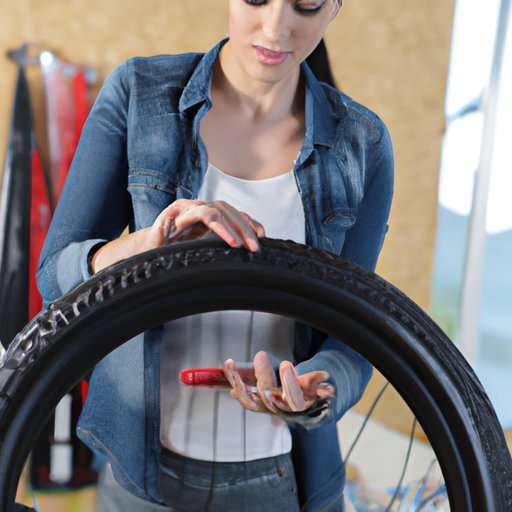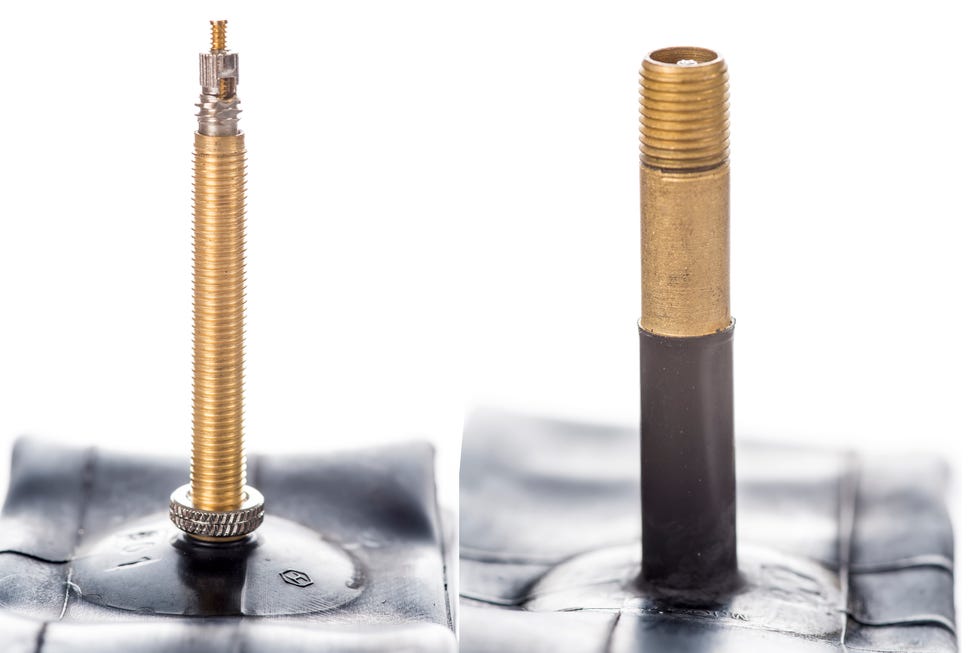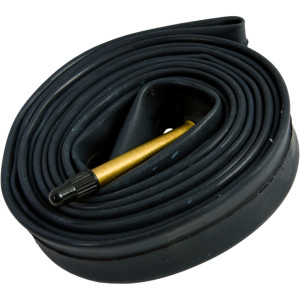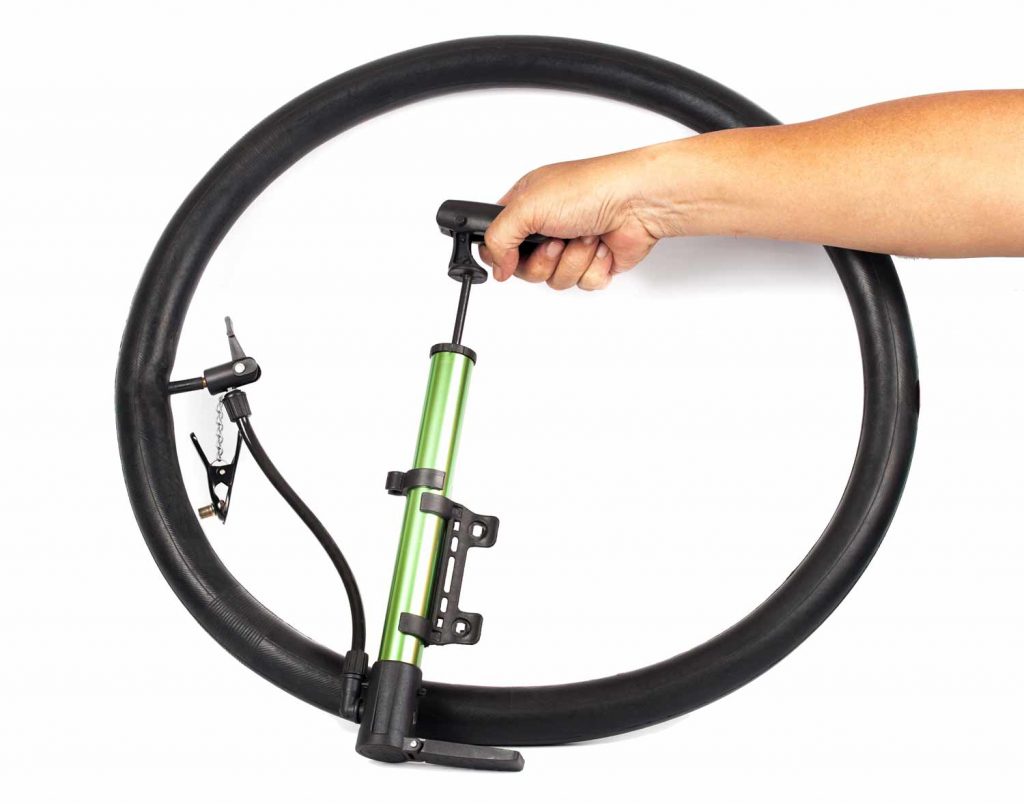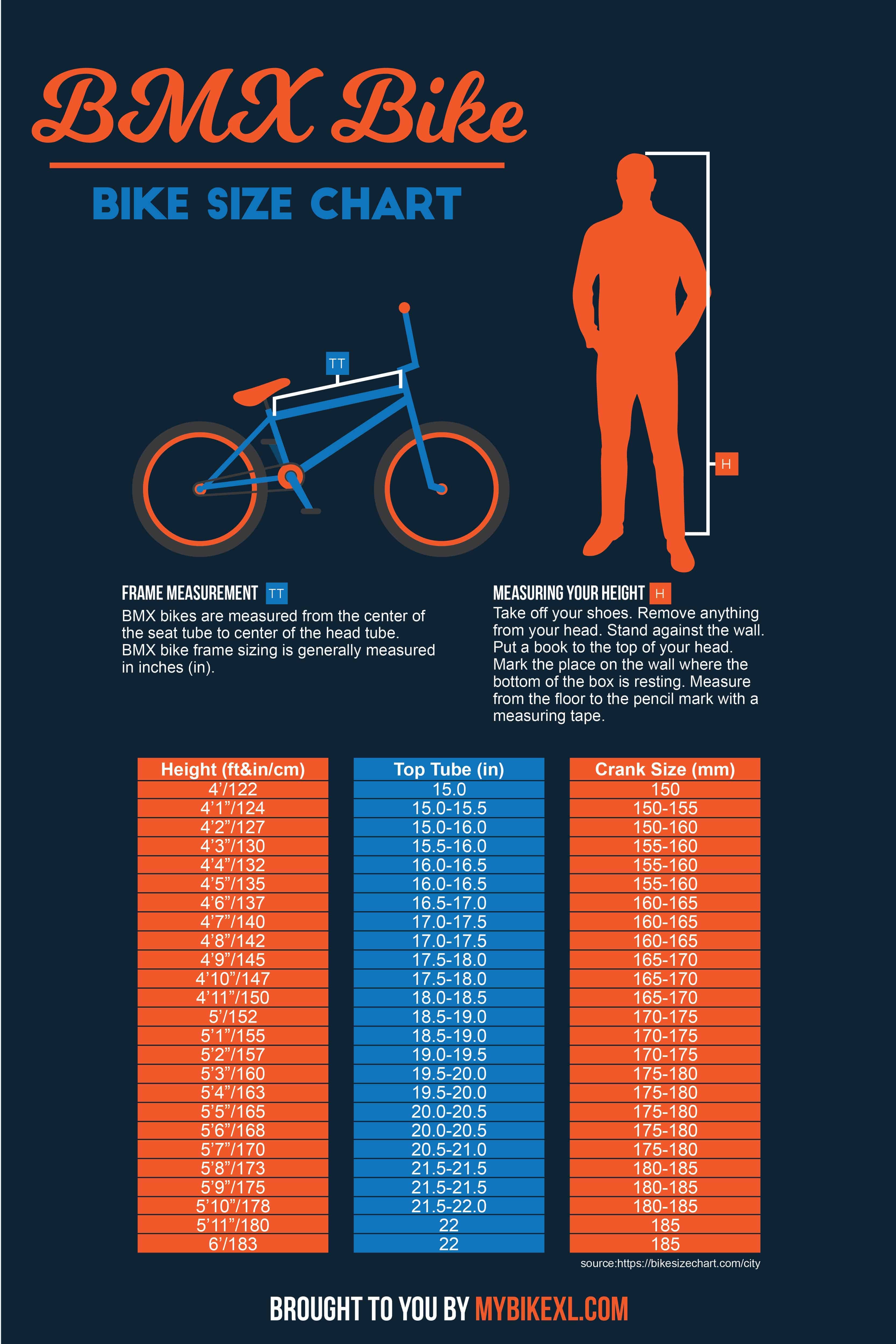Understanding Your Bike’s Tire Size and Type
When it comes to choosing the right bike tube, one of the most critical factors to consider is your bike’s tire size and type. Knowing this information is essential to ensure you purchase a tube that fits your tire perfectly, providing a smooth and safe ride. But how do you determine your bike’s tire size and type?
The first step is to check your bike’s sidewall, where you’ll find the tire size and type printed in a series of numbers and letters. For example, a common tire size is 700x25c, which indicates the tire’s diameter (700mm) and width (25mm). The “c” at the end denotes the tire’s type, in this case, a clincher tire.
If you’re unable to find this information on your bike’s sidewall, you can also check your bike’s manufacturer website or consult your owner’s manual. Additionally, you can use online tools or consult with a local bike shop to help determine your bike’s tire size and type.
It’s also important to note that different tire types require different tubes. For example, a tubeless tire requires a tubeless-specific tube, while a clincher tire requires a clincher-specific tube. Understanding your bike’s tire size and type will help you narrow down your options and ensure you purchase the correct tube for your bike.
By taking the time to understand your bike’s tire size and type, you’ll be able to make an informed decision when it comes to choosing the right bike tube. This knowledge will also help you avoid common mistakes, such as purchasing a tube that’s too small or too large for your tire, which can lead to poor performance and safety issues.
Determining the Valve Type: Schrader, Presta, or Dunlop?
When it comes to choosing the right bike tube, another crucial factor to consider is the valve type. There are three main types of valves: Schrader, Presta, and Dunlop. Each type has its own unique characteristics, benefits, and drawbacks. Understanding the differences between these valves will help you make an informed decision when selecting a bike tube.
Schrader valves are the most common type of valve found on bicycles. They are similar to the valves found on car tires and are easy to use with a standard bike pump. However, Schrader valves are generally heavier and less aerodynamic than Presta valves.
Presta valves, on the other hand, are more commonly found on high-performance bicycles. They are lighter and more aerodynamic than Schrader valves, making them a popular choice among road cyclists. However, Presta valves can be more difficult to use with a standard bike pump, and may require a special adapter.
Dunlop valves are less common than Schrader and Presta valves, but are still found on some bicycles. They are similar to Schrader valves, but have a slightly different design. Dunlop valves are generally heavier than Presta valves, but are still a reliable choice for many cyclists.
To determine which type of valve your bike uses, simply check the valve stem. Schrader valves have a spring-loaded valve core, while Presta valves have a locknut and a valve core that must be unscrewed to inflate the tire. Dunlop valves have a similar design to Schrader valves, but with a slightly different valve core.
When choosing a bike tube, it’s essential to select one that matches your bike’s valve type. Using a tube with the wrong valve type can lead to poor performance, safety issues, and even damage to your bike. By understanding the differences between Schrader, Presta, and Dunlop valves, you’ll be able to make an informed decision and choose the right bike tube for your needs.
Considering the Tube’s Material and Thickness
When it comes to choosing the right bike tube, the material and thickness of the tube are crucial factors to consider. The material of the tube can affect its durability, weight, and puncture resistance, while the thickness of the tube can impact its performance and safety. In this section, we’ll explore the different types of tube materials and thicknesses available, and discuss their pros and cons.
Butyl tubes are the most common type of tube material. They are durable, affordable, and provide good puncture resistance. However, they can be heavy and may not be as flexible as other materials. Butyl tubes are a good choice for casual riders who prioritize durability and affordability.
Latex tubes, on the other hand, are lighter and more flexible than butyl tubes. They provide excellent puncture resistance and are a popular choice among competitive cyclists. However, latex tubes can be more expensive than butyl tubes and may not be as durable.
Other tube materials, such as polyurethane and polyethylene, are also available. These materials offer a balance of durability, weight, and puncture resistance, and are often used in high-end bike tubes.
In addition to the material, the thickness of the tube is also an important factor to consider. Thicker tubes provide more puncture resistance, but can be heavier and less flexible. Thinner tubes, on the other hand, are lighter and more flexible, but may not provide as much puncture resistance.
When choosing a bike tube, it’s essential to consider the material and thickness that best suits your riding style and needs. If you’re a casual rider who prioritizes durability and affordability, a butyl tube may be the best choice. If you’re a competitive cyclist who prioritizes performance and puncture resistance, a latex tube may be the better option.
Ultimately, the key to choosing the right bike tube is to consider your specific needs and preferences. By understanding the different types of tube materials and thicknesses available, you can make an informed decision and choose a tube that provides the perfect balance of performance, safety, and durability.
How to Measure Your Bike’s Tire Diameter and Width
Measuring your bike’s tire diameter and width is a crucial step in choosing the right bike tube. To ensure you buy the correct tube size, follow these simple steps:
Step 1: Locate the tire size information on your bike’s sidewall. This information is usually printed in a series of numbers and letters, such as “700x25c” or “27.5×2.2”. The first number represents the tire diameter, while the second number represents the tire width.
Step 2: Measure the tire diameter using a ruler or caliper. Place the ruler or caliper across the tire, from one side of the rim to the other. Make sure to measure the diameter at the widest point of the tire.
Step 3: Measure the tire width using a ruler or caliper. Place the ruler or caliper across the tire, from one side of the rim to the other. Make sure to measure the width at the widest point of the tire.
Step 4: Compare your measurements to the tire size information on your bike’s sidewall. Make sure the measurements match the information on the sidewall. If they don’t match, you may need to consult your bike’s manufacturer or a local bike shop for assistance.
Step 5: Use your measurements to choose the correct tube size. Make sure to select a tube that matches your bike’s tire diameter and width. If you’re unsure, consult your bike’s manufacturer or a local bike shop for assistance.
By following these simple steps, you can ensure you buy the correct tube size for your bike. Remember, choosing the right bike tube is crucial for a smooth and safe ride. By taking the time to measure your bike’s tire diameter and width, you can make an informed decision and choose a tube that meets your needs.
Specialized Tubes for Specific Riding Styles
When it comes to choosing a bike tube, it’s essential to consider the specific riding style and terrain you’ll be encountering. Different riding styles require different types of tubes, and using the wrong tube can lead to poor performance, safety issues, and even damage to your bike.
For mountain biking, specialized tubes are designed to withstand the rigors of off-road riding. These tubes are typically thicker and more puncture-resistant than standard tubes, with features such as reinforced sidewalls and specialized valve stems. Brands like Continental and Michelin offer high-quality mountain bike tubes that are designed to handle the demands of off-road riding.
For road biking, specialized tubes are designed to provide a smooth and efficient ride. These tubes are typically lighter and more aerodynamic than standard tubes, with features such as thin sidewalls and specialized valve stems. Brands like Specialized and Vittoria offer high-quality road bike tubes that are designed to provide a fast and efficient ride.
For commuting and urban riding, specialized tubes are designed to provide a durable and reliable ride. These tubes are typically thicker and more puncture-resistant than standard tubes, with features such as reinforced sidewalls and specialized valve stems. Brands like Schwalbe and Kenda offer high-quality commuting tubes that are designed to handle the demands of urban riding.
When choosing a specialized tube for your riding style, it’s essential to consider the specific features and benefits that are important to you. For example, if you’re a mountain biker, you may want to look for tubes with reinforced sidewalls and specialized valve stems. If you’re a road biker, you may want to look for tubes with thin sidewalls and specialized valve stems.
By choosing a specialized tube that’s designed for your specific riding style, you can ensure a smooth and safe ride. Whether you’re hitting the trails or cruising through the city, the right tube can make all the difference.
Top Brands and Products to Consider
When it comes to choosing a bike tube, there are many great brands and products to consider. Here are some of the top brands and products that are highly rated by cyclists:
Continental is a well-known and respected brand in the cycling industry, and their bike tubes are no exception. Their tubes are made with high-quality materials and are designed to provide a smooth and reliable ride. Continental’s tubes are available in a range of sizes and styles, including road, mountain, and commuting tubes.
Michelin is another well-known brand that offers high-quality bike tubes. Their tubes are designed to provide excellent puncture resistance and durability, making them a great choice for cyclists who ride frequently. Michelin’s tubes are available in a range of sizes and styles, including road, mountain, and commuting tubes.
Specialized is a popular brand among cyclists, and their bike tubes are designed to provide a high level of performance and reliability. Their tubes are made with high-quality materials and are designed to provide a smooth and efficient ride. Specialized’s tubes are available in a range of sizes and styles, including road, mountain, and commuting tubes.
Other great brands to consider include Schwalbe, Kenda, and Vittoria. These brands offer a range of high-quality bike tubes that are designed to provide excellent performance and reliability.
When choosing a bike tube, it’s essential to consider the specific features and benefits that are important to you. For example, if you’re a road cyclist, you may want to look for tubes with thin sidewalls and specialized valve stems. If you’re a mountain biker, you may want to look for tubes with reinforced sidewalls and specialized valve stems.
By considering the top brands and products, you can ensure that you’re getting a high-quality bike tube that meets your needs and provides a smooth and safe ride.
Additional Features to Look for in a Bike Tube
When choosing a bike tube, there are several additional features to consider that can enhance your riding experience. Here are some of the key features to look for:
Tubeless compatibility: Tubeless systems are becoming increasingly popular, and many bike tubes are now designed to be compatible with these systems. If you’re considering a tubeless setup, look for tubes that are specifically designed for this purpose.
Removable valve cores: Removable valve cores can make it easier to inflate and deflate your tires, and can also help to prevent valve damage. Look for tubes with removable valve cores for added convenience.
Eco-friendliness: Many bike tubes are now made with eco-friendly materials, such as recycled rubber or biodegradable materials. If you’re concerned about the environmental impact of your bike tube, look for options that are made with sustainable materials.
Seamless construction: Seamless construction can help to reduce the risk of punctures and improve the overall durability of the tube. Look for tubes with seamless construction for added reliability.
Anti-puncture coatings: Some bike tubes feature anti-puncture coatings that can help to prevent punctures and improve the overall durability of the tube. Look for tubes with these coatings for added protection.
By considering these additional features, you can find a bike tube that meets your specific needs and provides a smooth and safe ride.
Making the Final Decision: Tips and Recommendations
Choosing the right bike tube can be a daunting task, but by considering the key factors discussed in this article, you can make an informed decision that meets your specific needs. Here are some final tips and recommendations to help you make the right choice:
For road cyclists, look for tubes with thin sidewalls and specialized valve stems for improved aerodynamics and efficiency.
For mountain bikers, consider tubes with reinforced sidewalls and specialized valve stems for added durability and puncture resistance.
For commuters, look for tubes with durable materials and easy-to-use valve stems for a hassle-free ride.
Regardless of your riding style, make sure to choose a tube that is compatible with your bike’s tire size and type.
Consider additional features such as tubeless compatibility, removable valve cores, and eco-friendliness when making your decision.
By following these tips and recommendations, you can find a bike tube that provides a smooth and safe ride, and meets your specific needs and preferences.
Remember, choosing the right bike tube is an important decision that can affect your overall riding experience. By taking the time to consider the key factors discussed in this article, you can make an informed decision that will help you enjoy a safe and enjoyable ride.


